
£95.00
The ILSSI Certificate in Lean Six Sigma Black Belt is a confirmation of your ability to manage enterprise-wide improvement projects spanning value streams made up of multiple departments and functions, successfully working with a team of subject matter experts to apply Lean Six Sigma principles, tools, and methods to perform complex assessments and analyses to solve problems, eliminate waste and constraints to flow, and improve processes. As a Lean Six Sigma Black Belt, you are also able to assist senior management in developing and implementing a highly-customized enterprise deployment of Lean.
The ILSSI Certificate in Lean Six Sigma Black Belt is a confirmation of your ability to manage enterprise-wide improvement projects spanning value streams made up of multiple departments and functions, successfully working with a team of subject matter experts to apply Lean Six Sigma principles, tools, and methods to perform complex assessments and analyses to solve problems, eliminate waste and constraints to flow, and improve processes. As a Lean Six Sigma Black Belt, you are also able to assist senior management in developing and implementing a highly-customized enterprise deployment of Lean. It is recommended that you complete the required courses in the following order;
L001 Introduction to Lean
S001 Introduction to Six Sigma
S001-1 Introduction to DMAIC
L002-1 Writing Effective Problem Statements
L002-2 Introduction to Kaizen
L002-3 Using the A3 Report for Rapid Improvement
L002-4 SIPOC Mapping
L003-1 Understanding and Implementing 5S/6S
L003-2 Implementing and Facilitating Lean “Huddles”
L003-3 Visual Workplace
L003-4 Standard Work
L004-1 Mapping the Process
L004-2 Spaghetti Diagrams
L004-3 Gemba (Waste) Walks
S002-1 Failure Modes and Effects Analysis
S002-2 Error-Proofing/Mistake-proofing
S003 Controlling the Process
S004 Assessing Process Capability
L005-1 Constructing Project Charters
L005-2 Managing Change
L006-1 Brainstorming, Affinity Diagrams & Team Voting
L006-2 Cause & Effect Diagrams & the Five Whys
L006-3 Pareto Charts and the 80/20 Rule
L007 Value Stream Mapping
L008 Kanban and Material Management
L009-1 Work levelling/Load Balancing
L009-2 Work Cell Design & Improved Office/Facility Layout
L010 Rapid Changeover Techniques/SMED
L011 Total Productive Maintenance (TPM)
L012 Process Control Plans and Control Charts
S005 Introduction to Basic Statistics
S006-1 The Normal Distribution
S006-2 The Standard Normal (Z) Distribution
S006-3 Testing for Normality
S007-1 Graphical Analysis – The Histogram
S007-2 Graphical Analysis – The Boxplot
S007-3 Graphical Analysis – The Scatter Plot
L013 Lean Deployment Strategy and Methods
L014 Lean and Green: The Environmental Benefits
S008 Central Limit Theorem and Confidence Intervals
S009 Introduction to Hypothesis Testing
S010 Data Collection and Sampling
S011 MSA – Gauge R & R Studies
S012 MSA – Attribute Agreement Analysis
S013-1 Process Capability Measures – Discrete
S013-2 Process Capability Measures – Continuous
S014 Correlation and Simple Linear Regression
S015 Discrete & Continuous Probability Distributions
S016 Hypothesis Testing – Mean and Median
S017 Test for Equal Variance
S018 Analysis of Variance (ANOVA) and ANOM
S019-1 Proportion Testing
S019-2 Chi-Square Analysis
S020-1 Voice of the Customer – Kano Analysis
S020-2 Voice of the Customer – Net Promoter Score
S021 Use of Data Transformation in Analysis
S022 Introduction to Logistic Regression
S023 Introduction to General Linear Models (GLM)
S024 Introduction to Reliability Life Data Analysis
S025 Introduction to Design of Experiments (DOE)
S028 Introduction to Design for Six Sigma
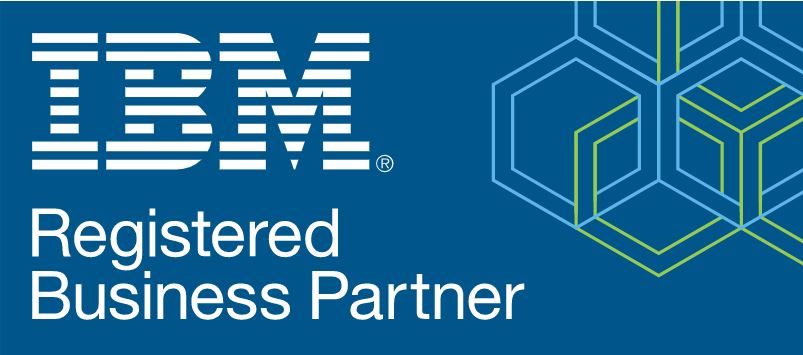












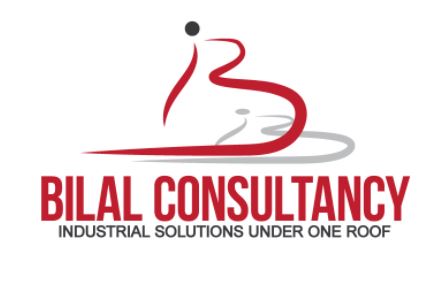





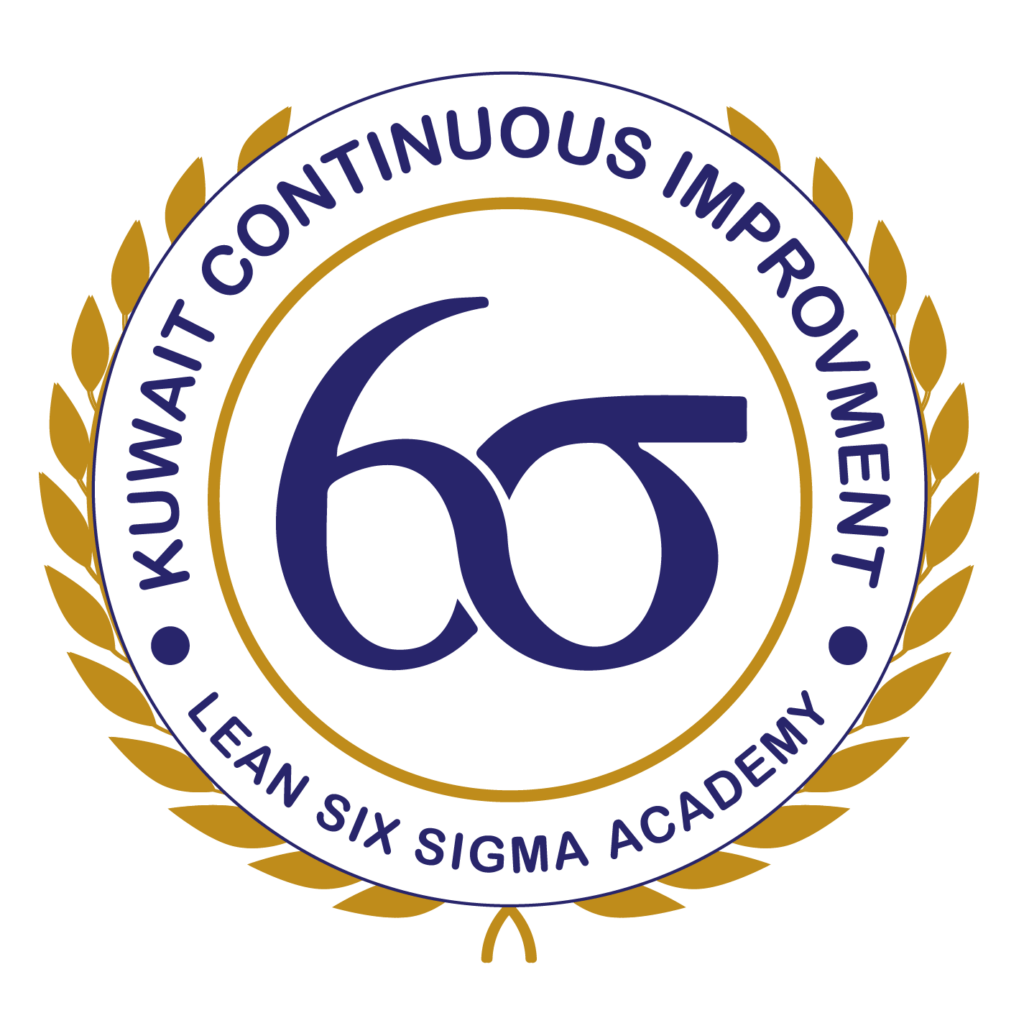

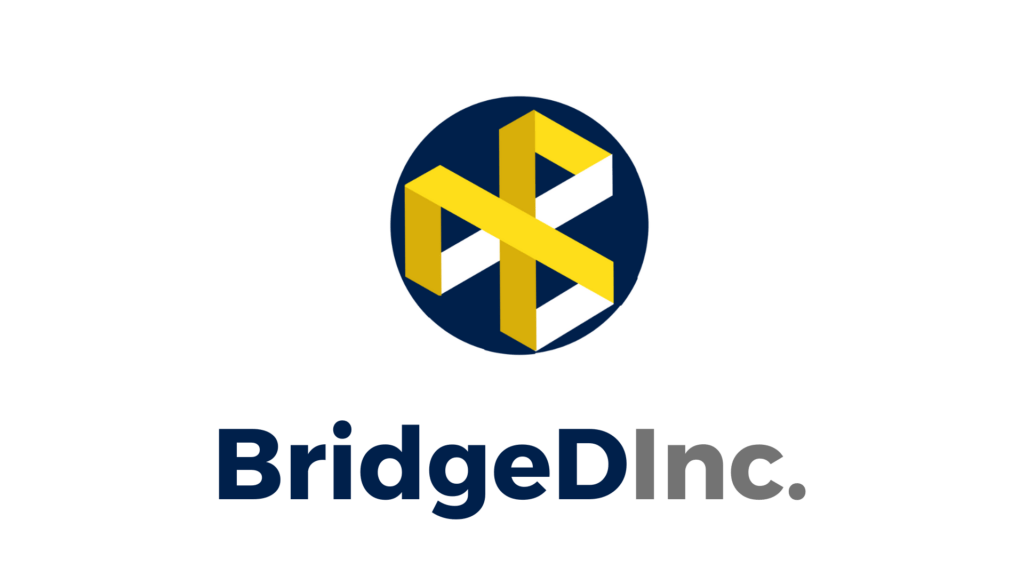

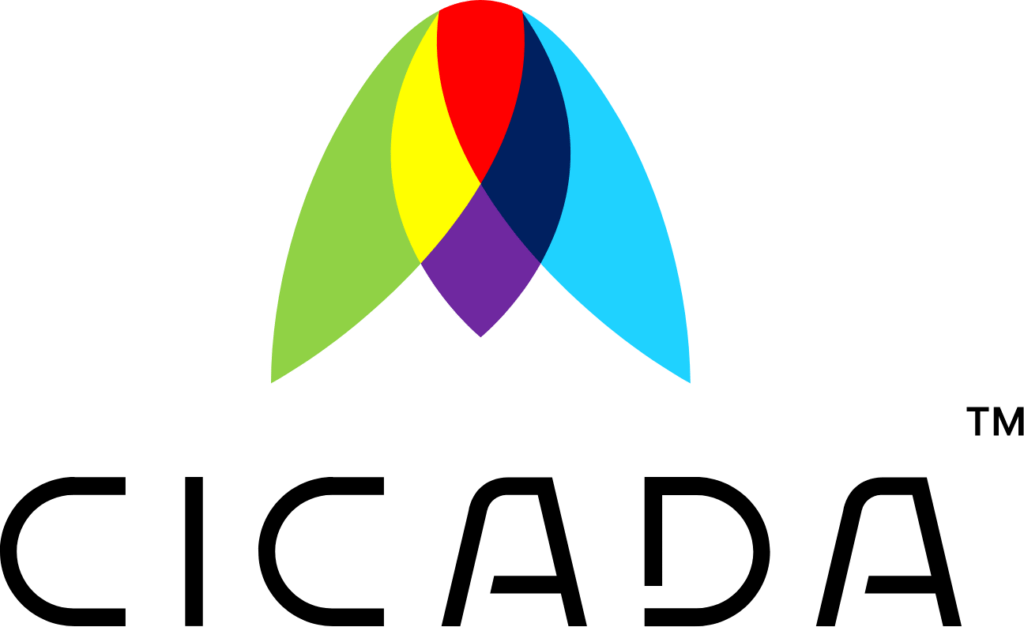
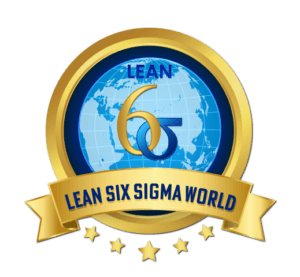
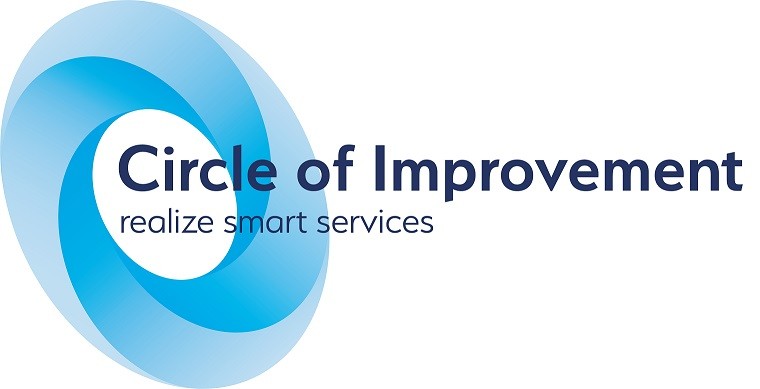



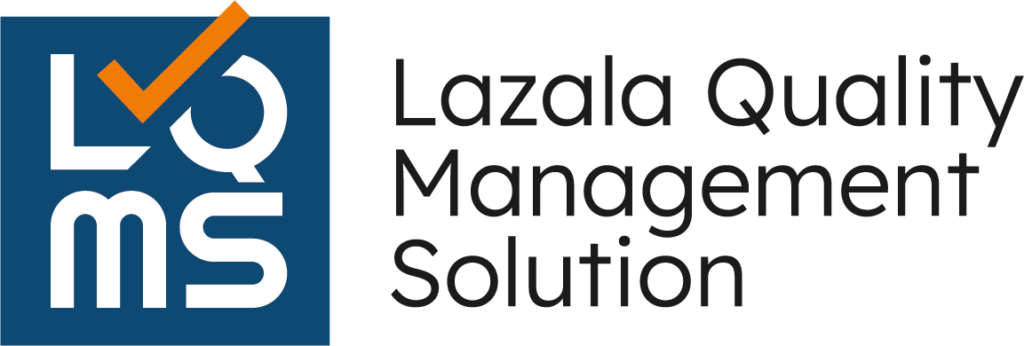


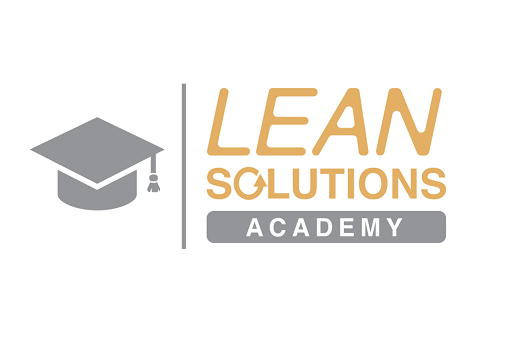





![UCOURSE.ORG [UCOURSE Academy] was established in Hong Kong in 2019 (company name: UCOURSE LTD), dedicated to providing high-quality online courses and courses for Chinese people in China, Hong Kong, and even all over the world. UCOURSE.ORG 【优思学院】于2019年成立于香港(公司名称:优思学院有限公司 / UCOURSE LTD),致力于为中国、香港、以至身处于全球各地的中国人提供优质的线上课程和考试认证,促进全国的人材培育、个人的职业发展,让学员在事业上事半功倍,同时助力国家的未来的急促发展。](https://ilssi.org/wp-content/uploads/2021/02/ucourse-logo-250.png)

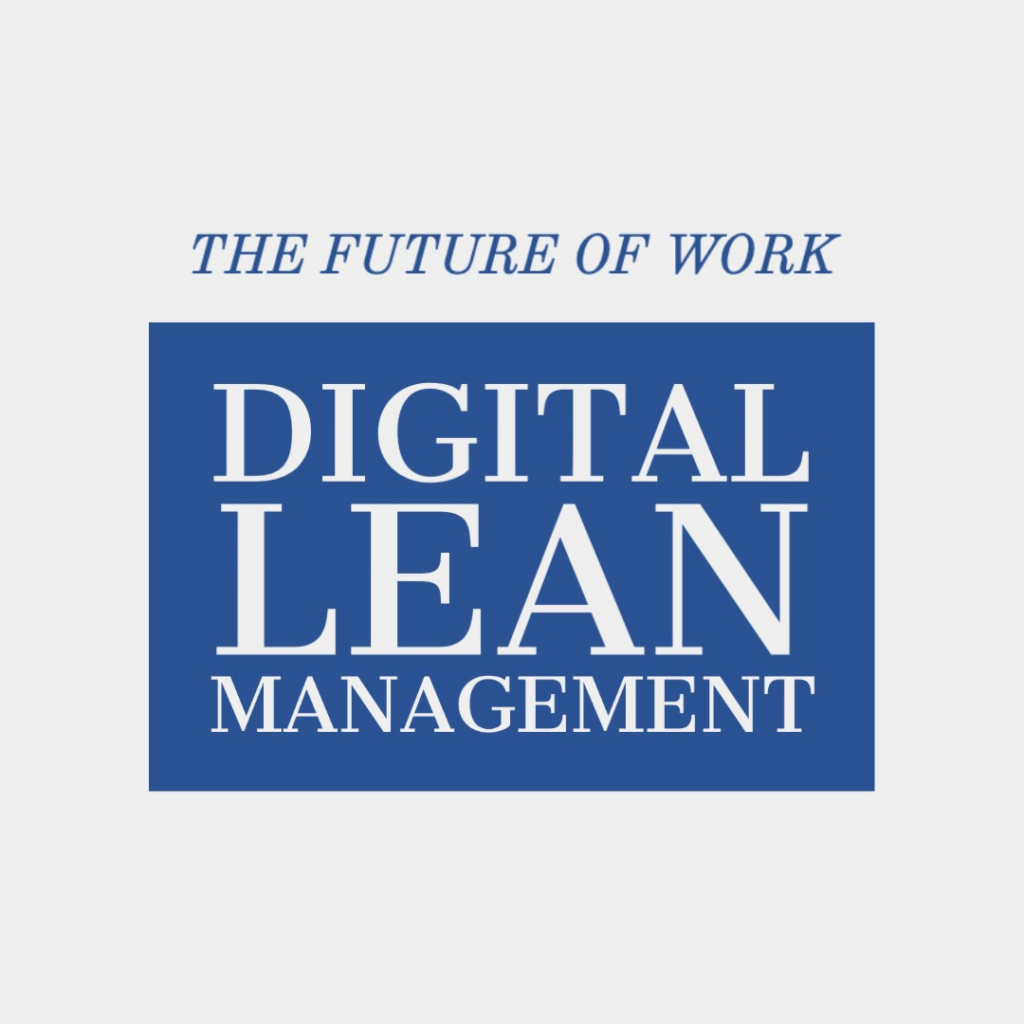


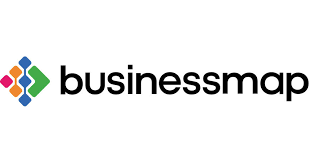



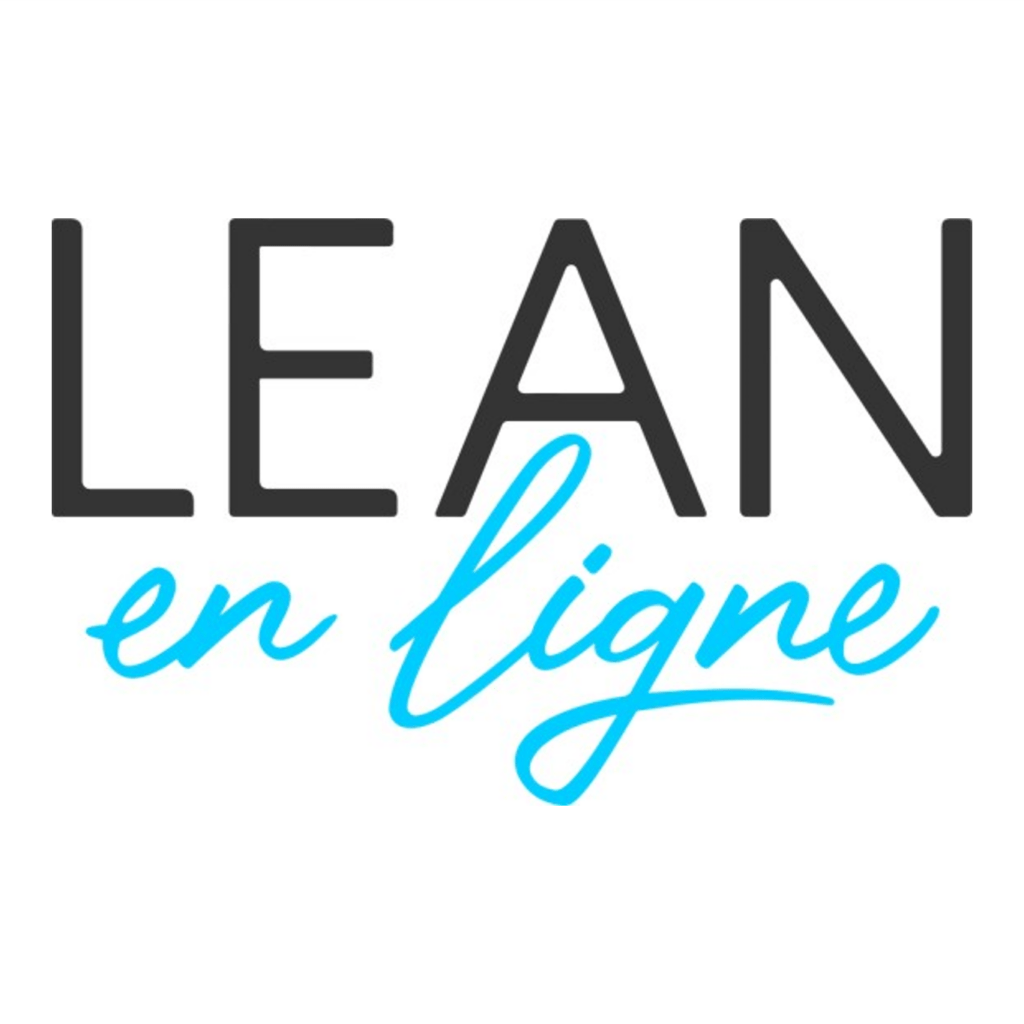

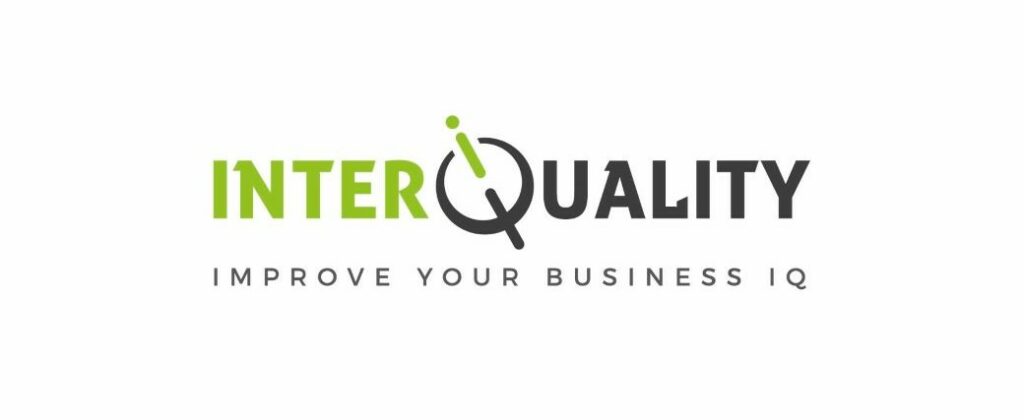
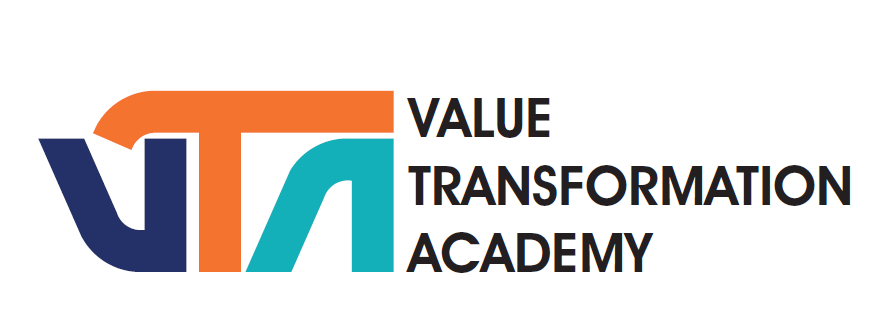


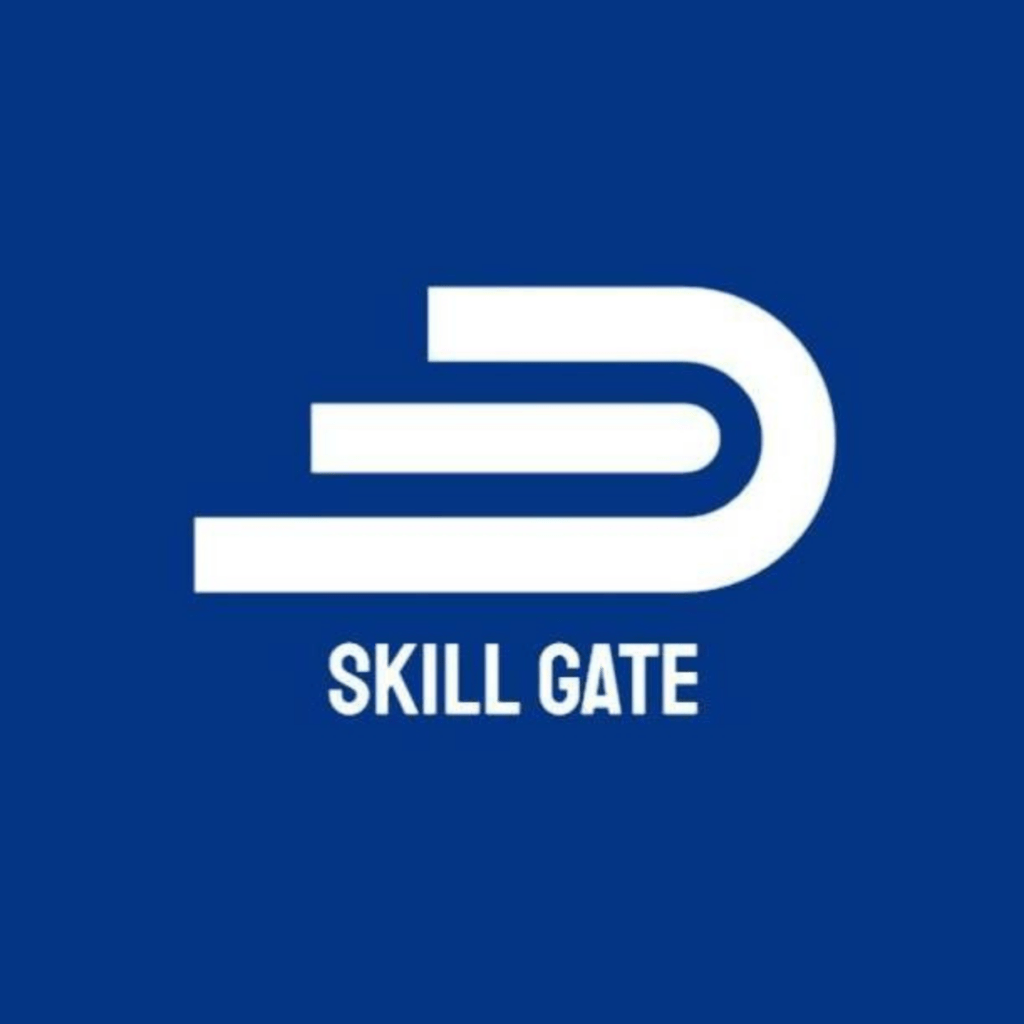


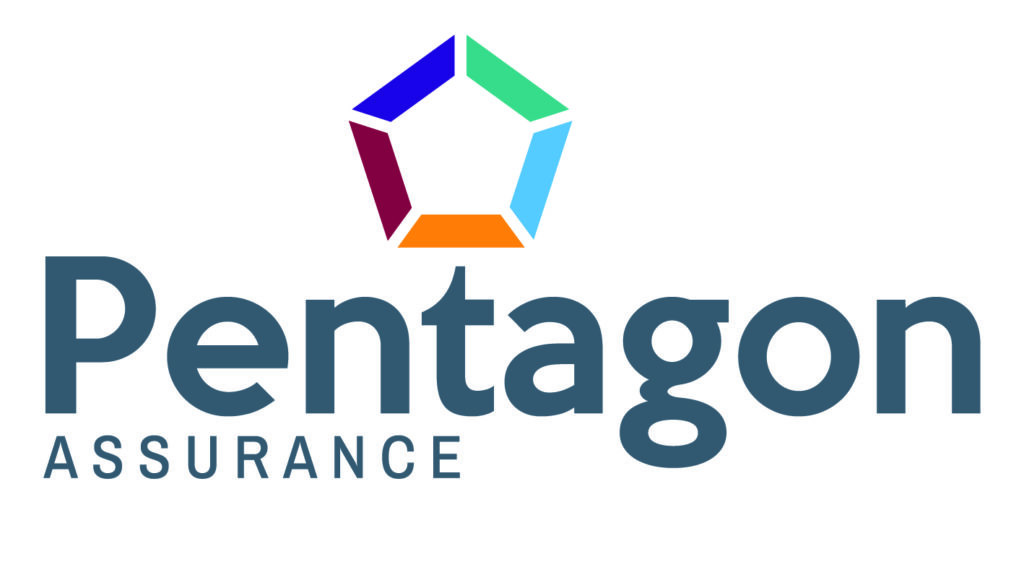
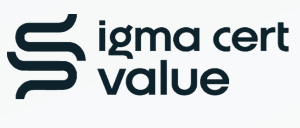
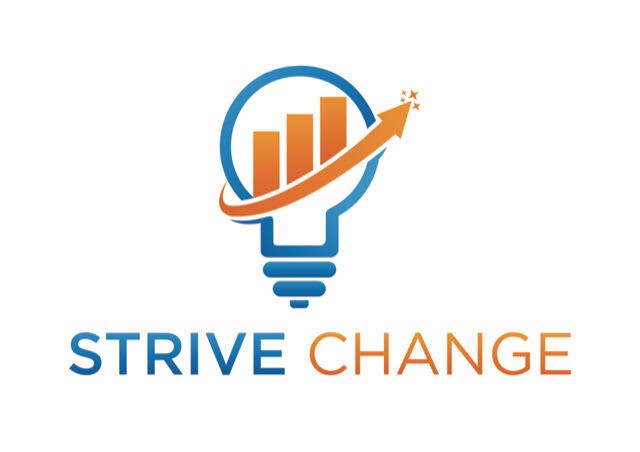




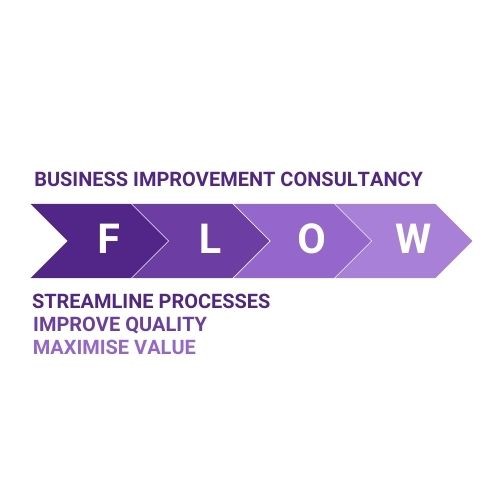
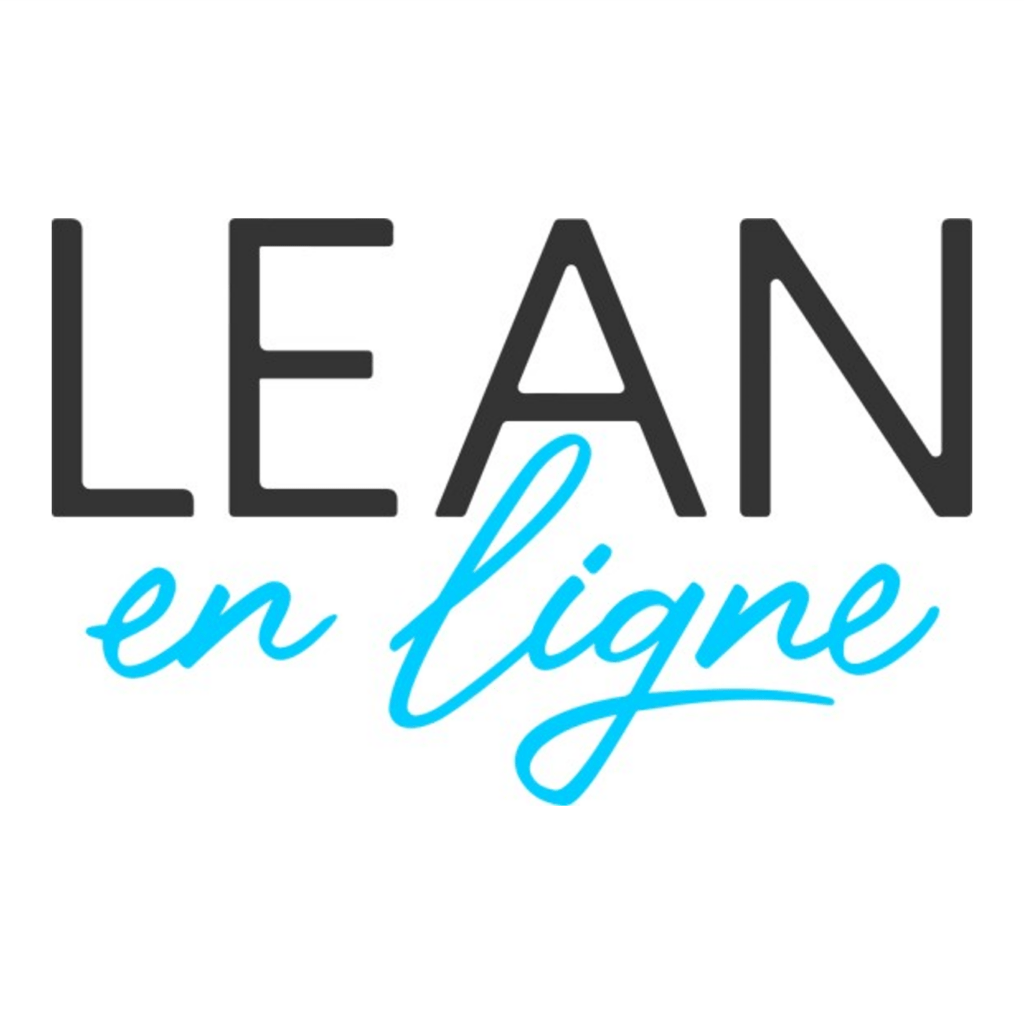
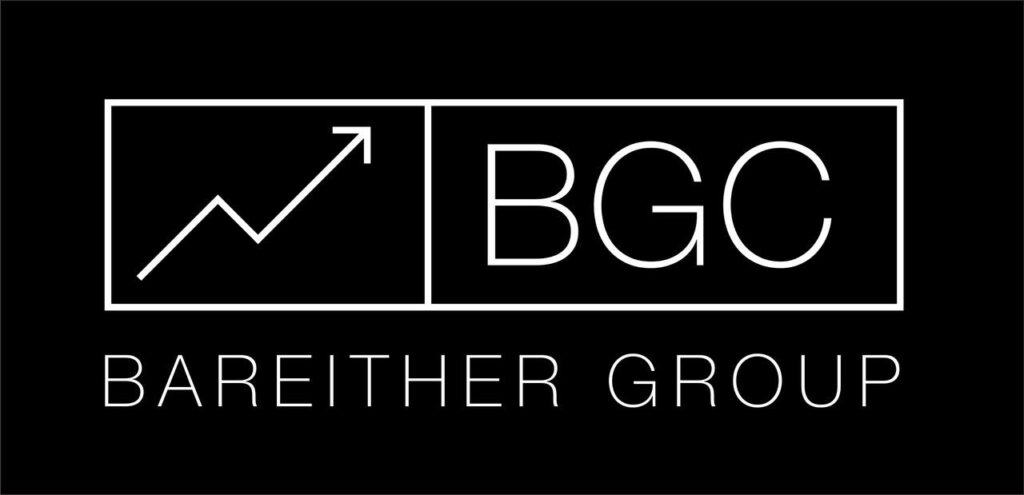










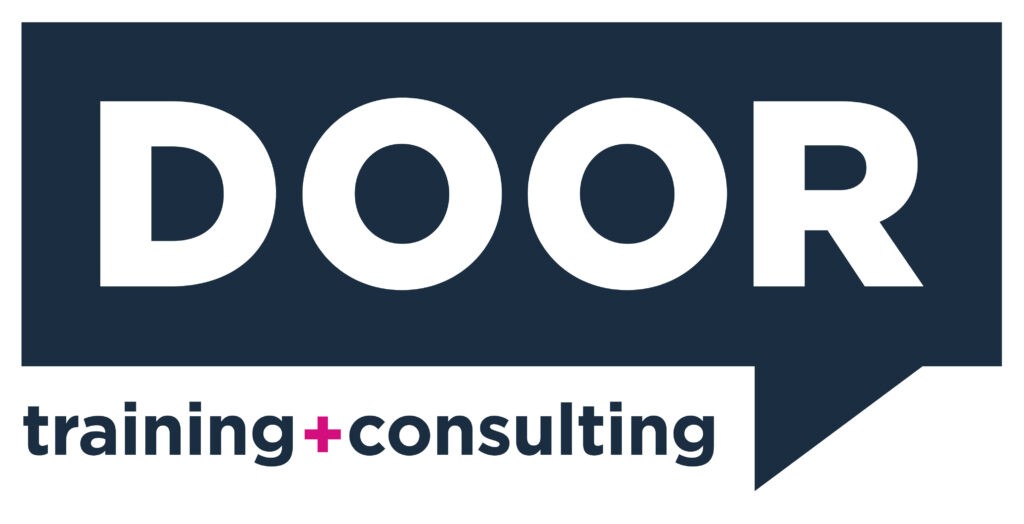
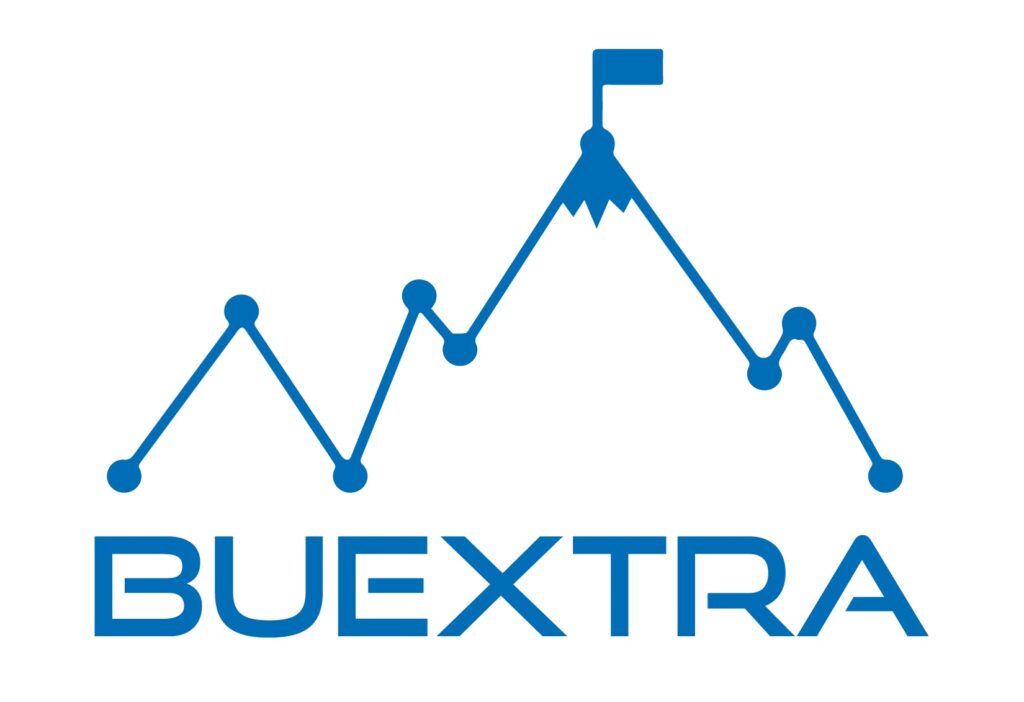







Address: Nine Hills Road, Cambridge CB2 1GE, England, United Kingdom.